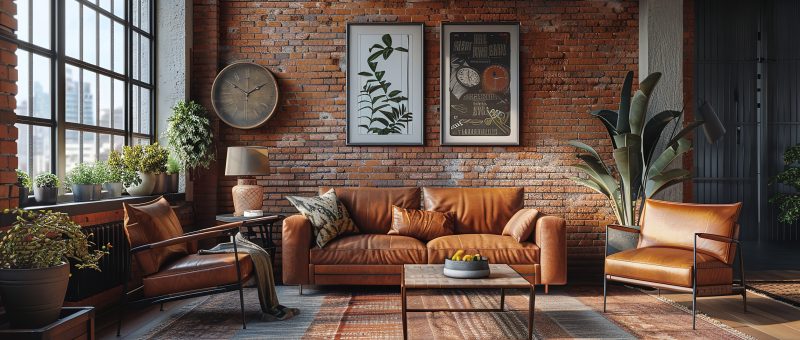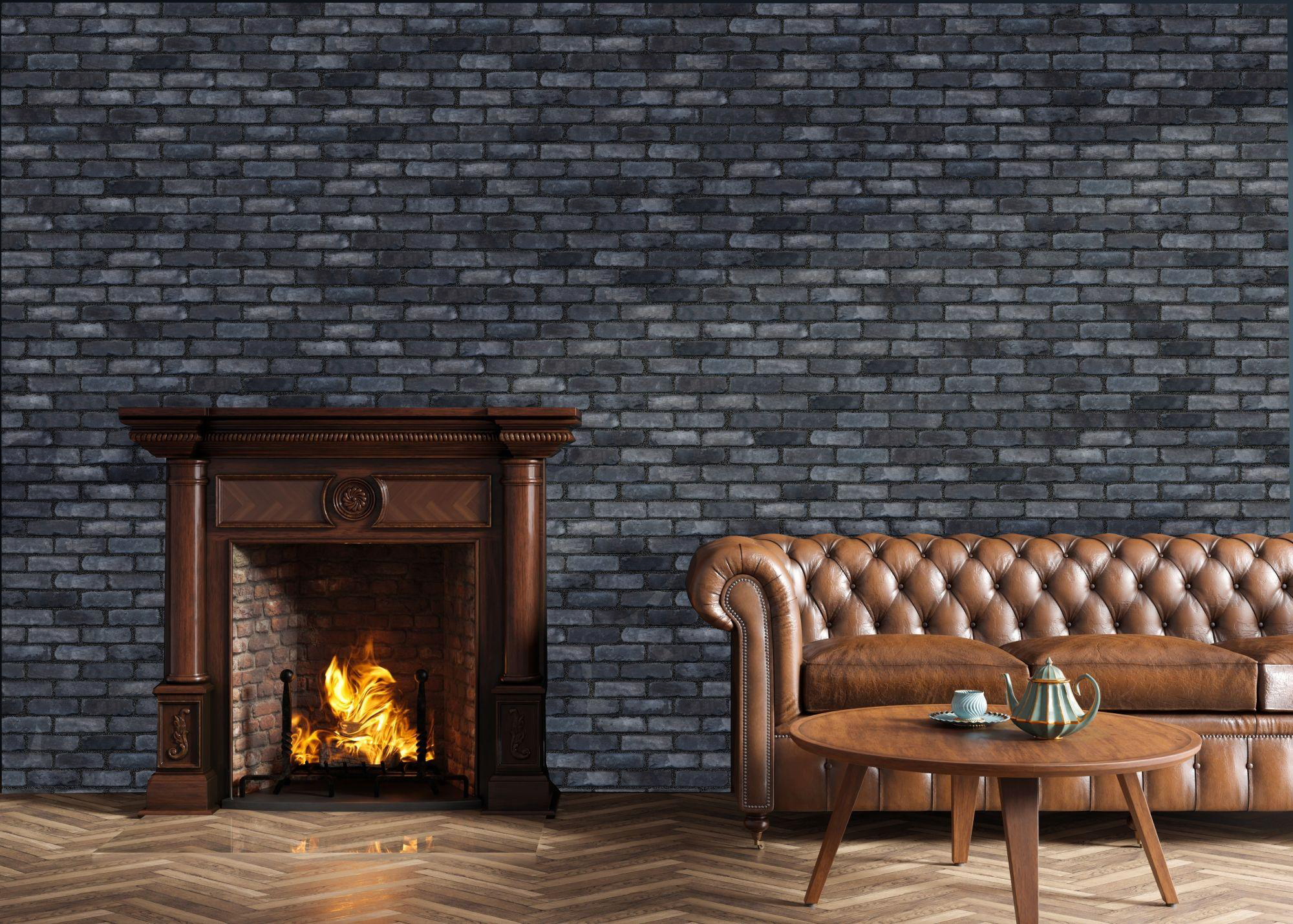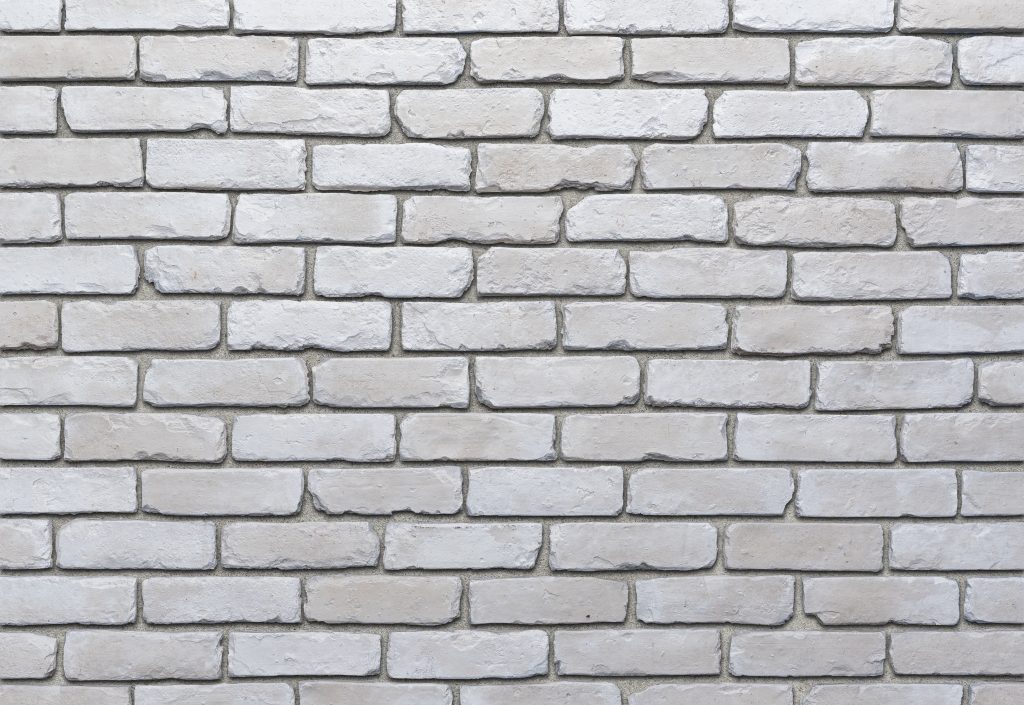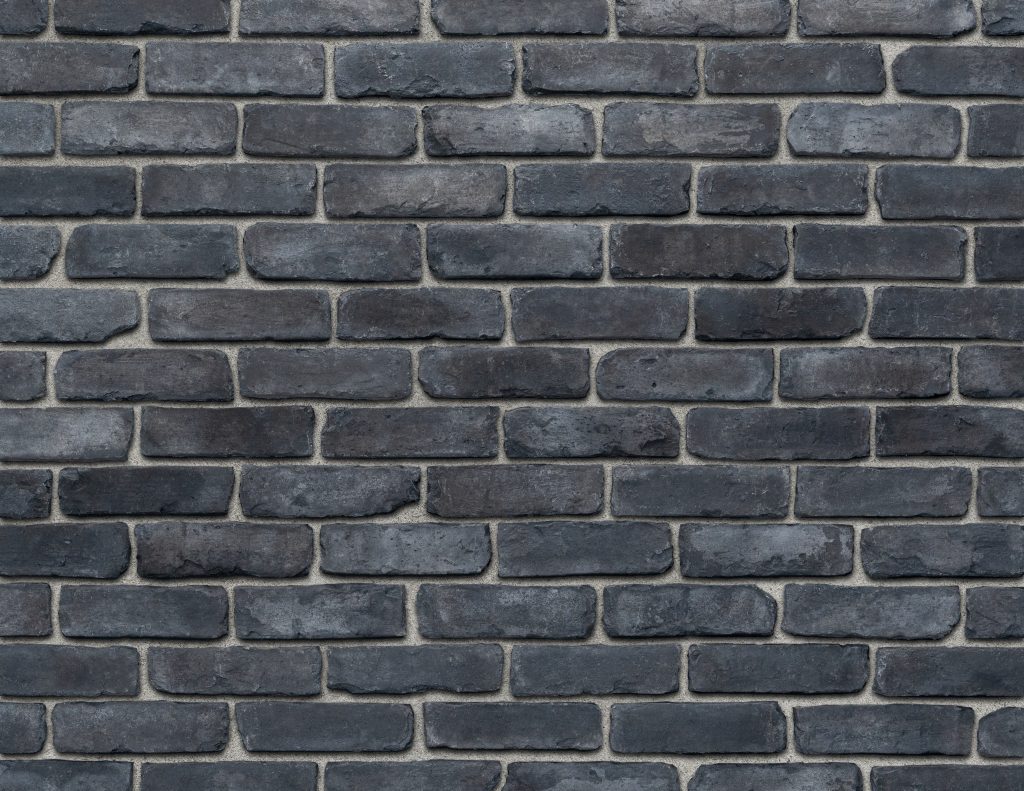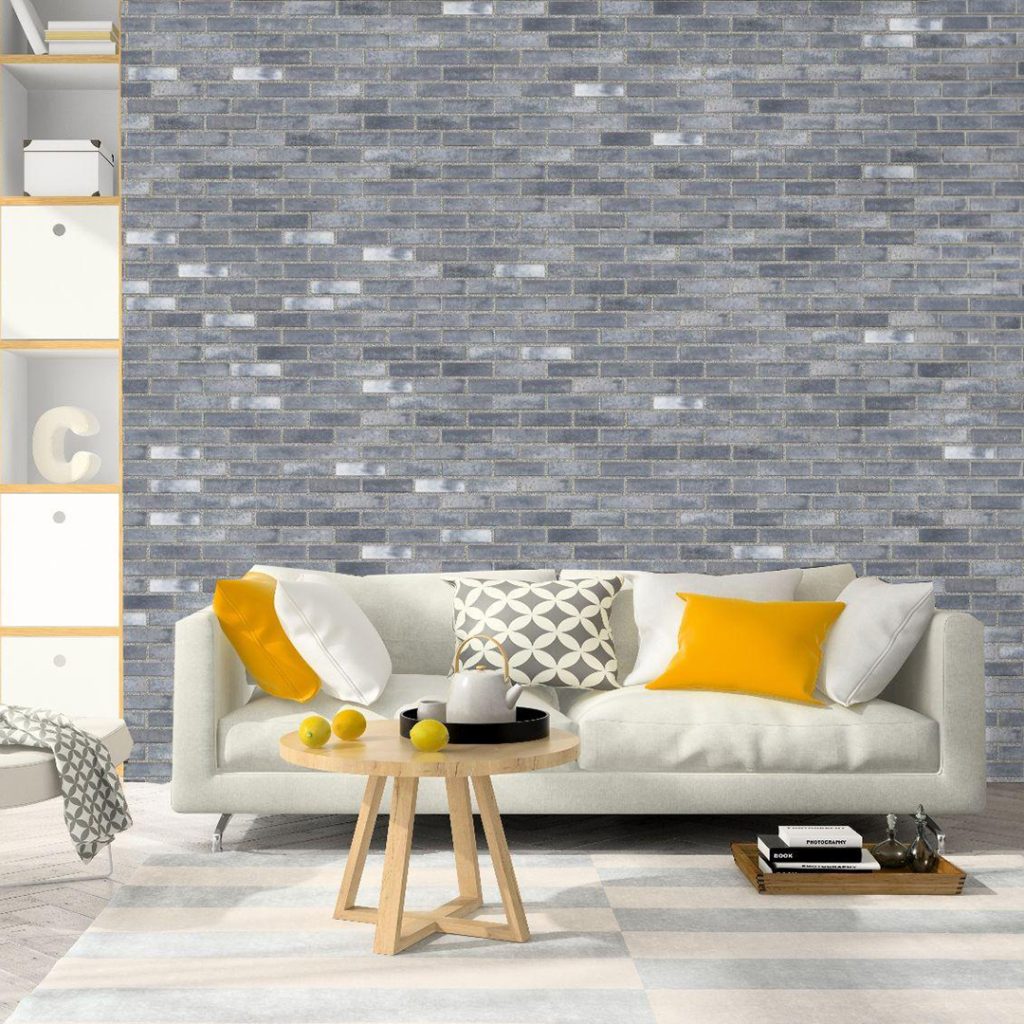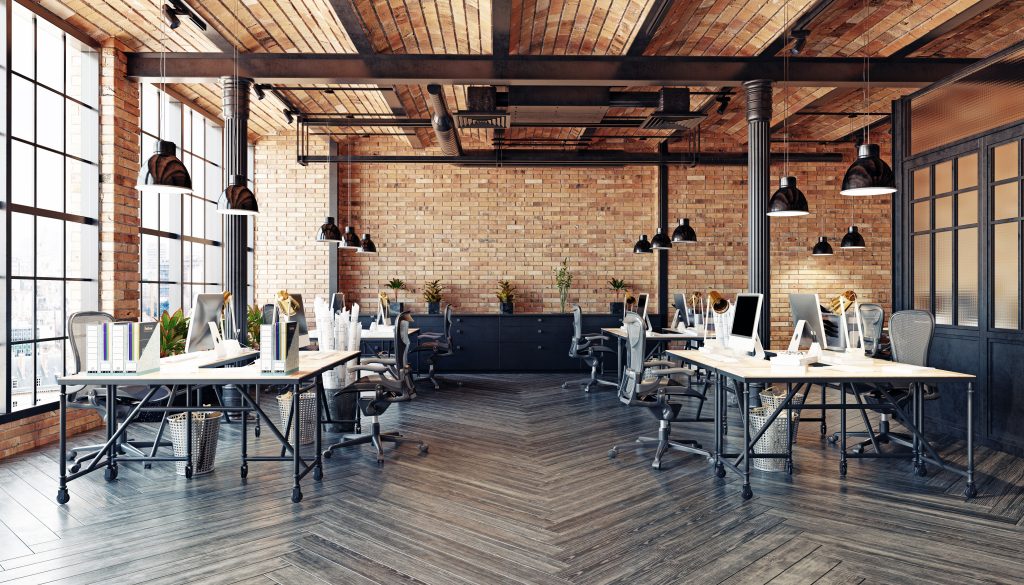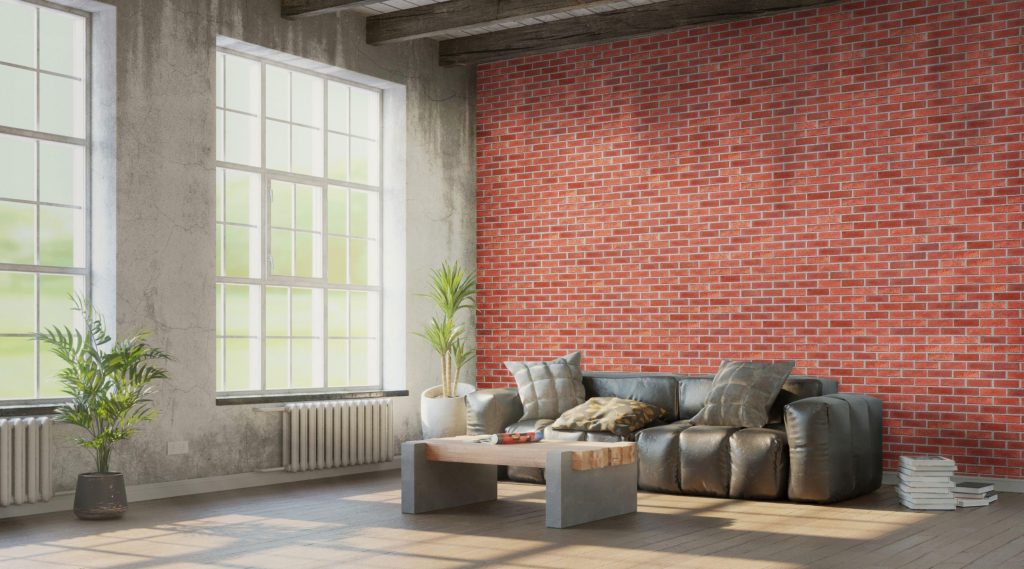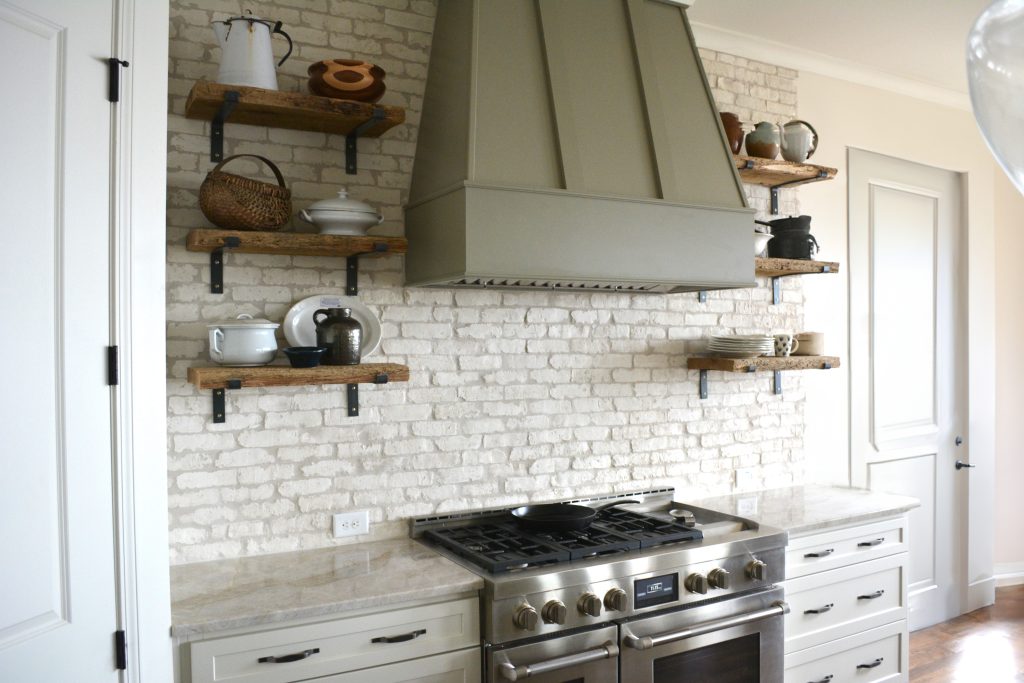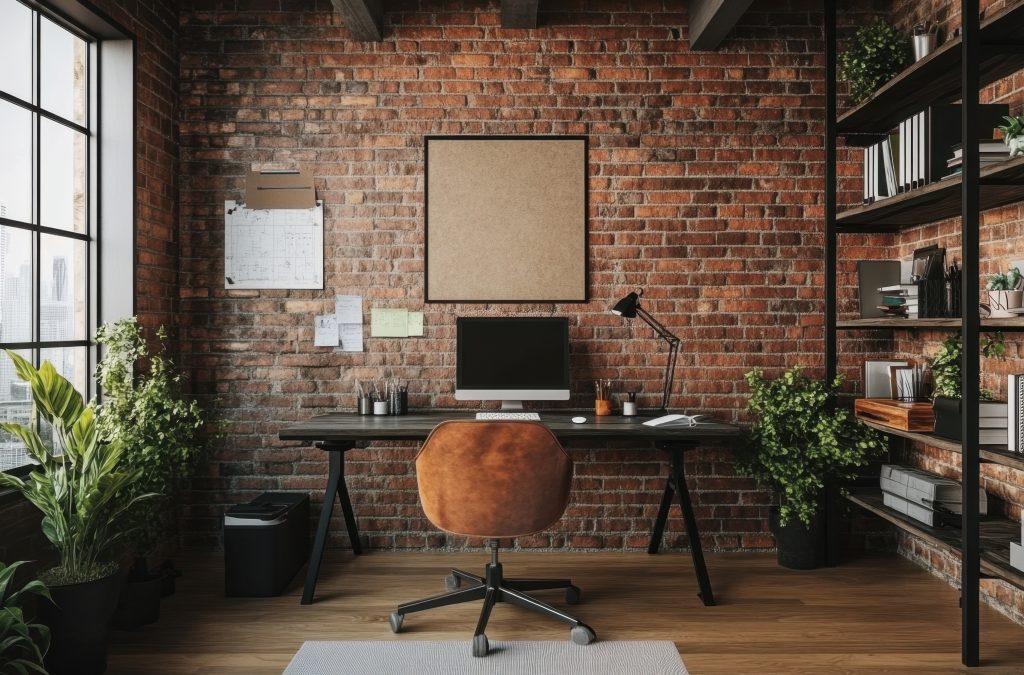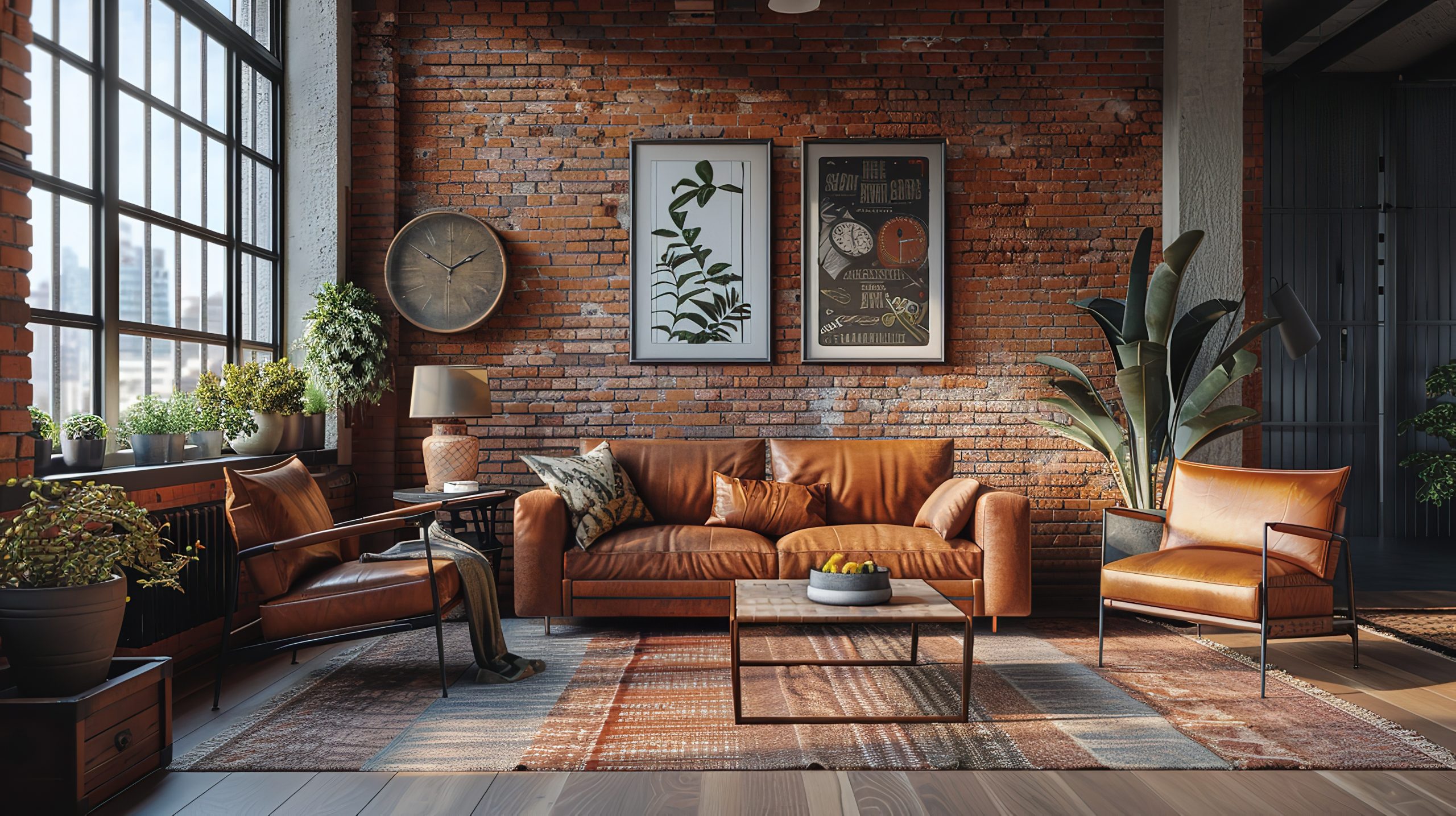
Layering Texture: How to Combine Stone Veneer and Thin Brick with Wood, Metal and Glass
There’s a shift happening in the way we design our homes and workspaces. It’s not just about choosing one material and running with it—it’s about layering textures, mixing elements, and creating contrast. This is where manufactured stone veneer and thin brick shine, especially when paired with other materials like metal siding, fiber cement, wood, and glass.
Used together thoughtfully, these materials can transform both interiors and exteriors into rich, dynamic spaces full of texture and depth.
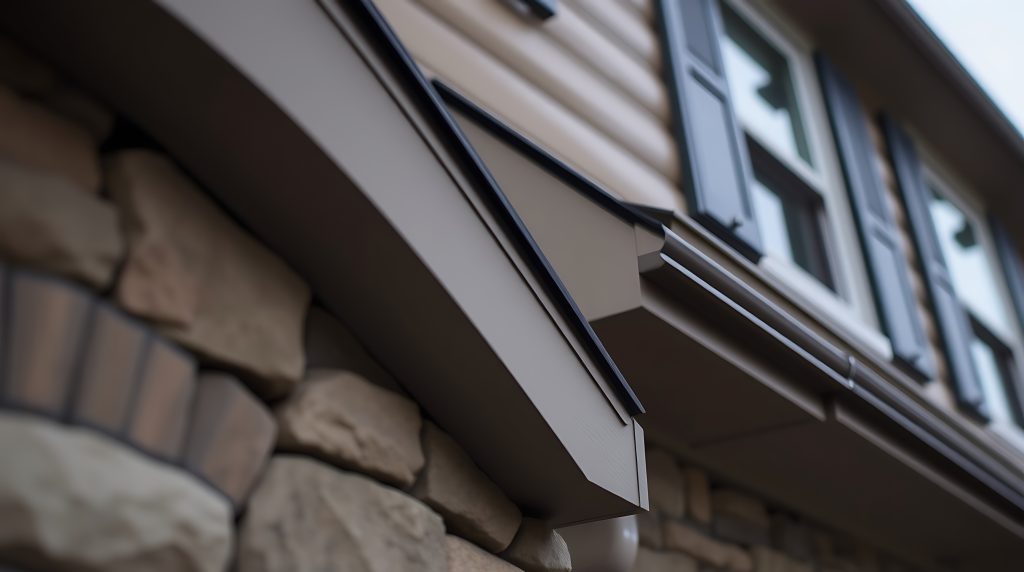
Why Mixing Materials Works
Every material brings something unique to the table:
- Stone feels grounded and timeless.
- Brick brings warmth and a sense of history.
- Metal adds a clean, industrial edge.
- Wood softens everything and adds organic warmth.
- Glass opens up space and plays with light.
When combined, these materials can balance each other out beautifully—rough meets smooth, warm meets cool, old meets new.
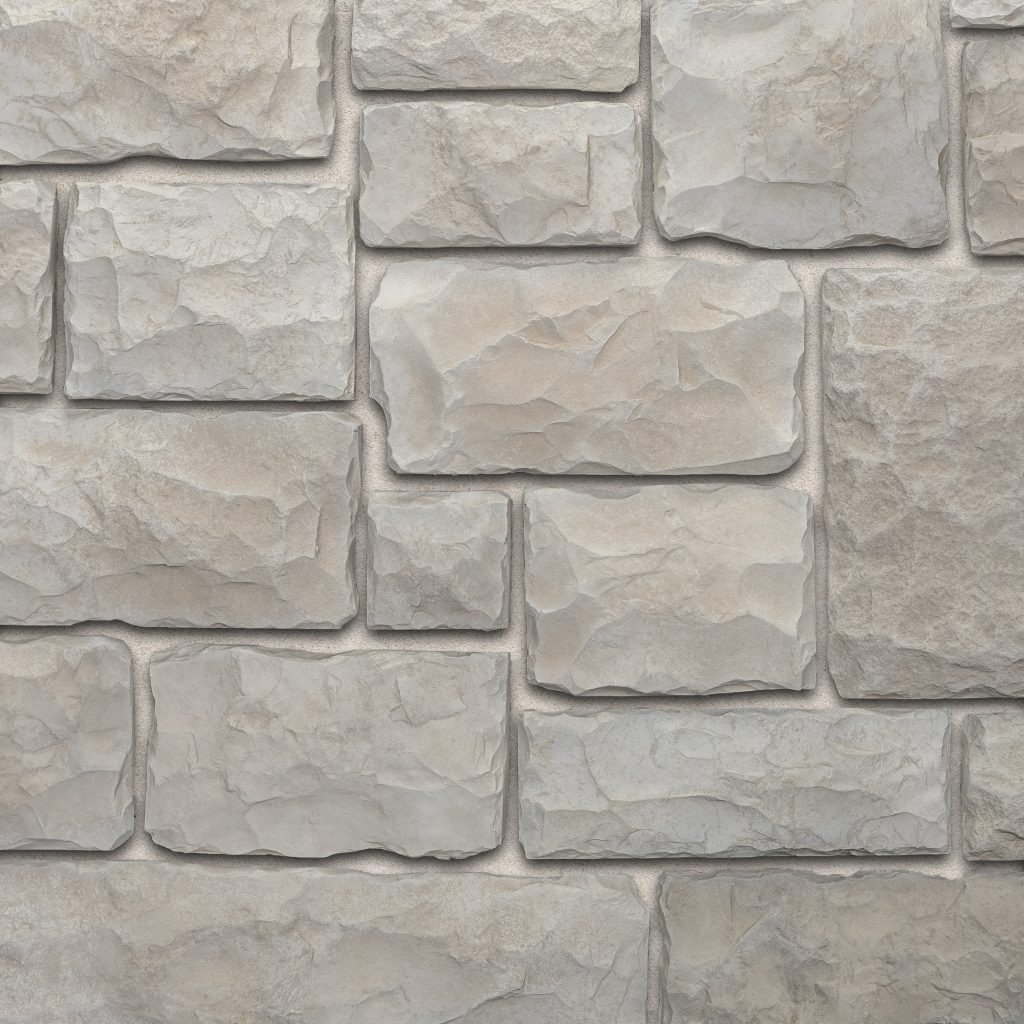
Natural/Cobblestone

Rosse/Reclaimed Brick
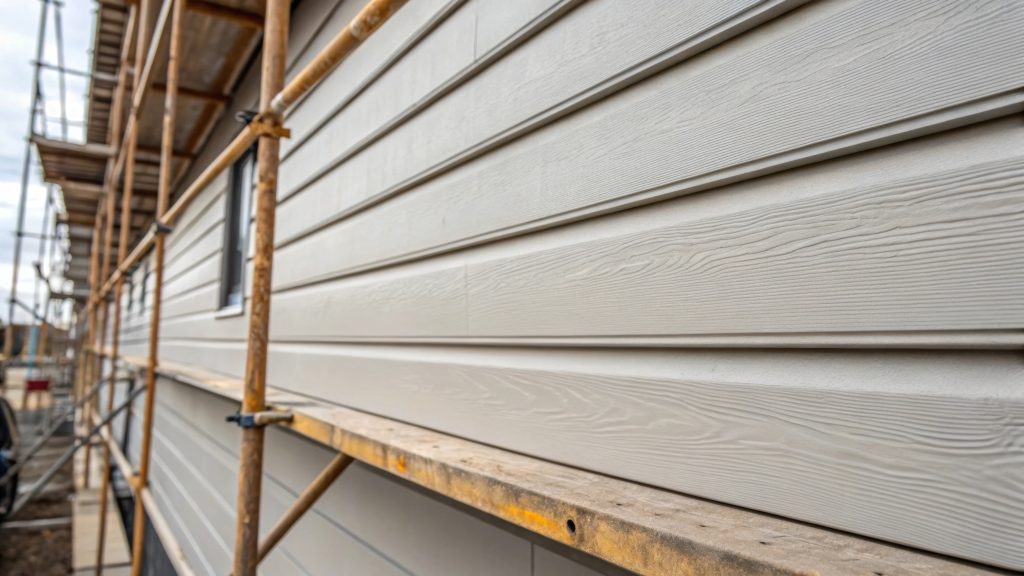
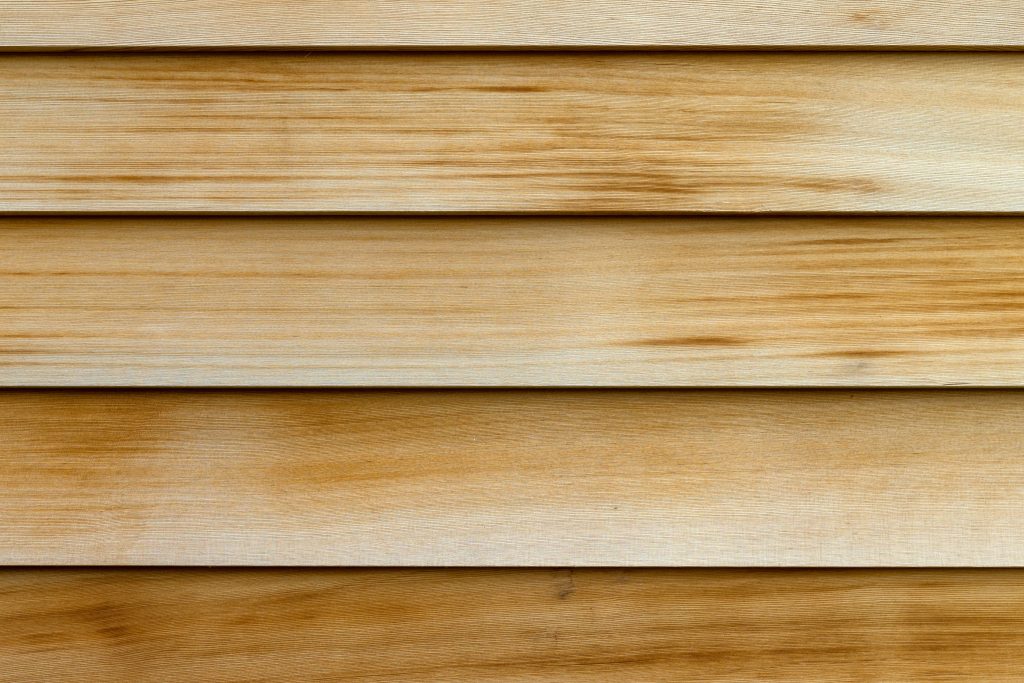
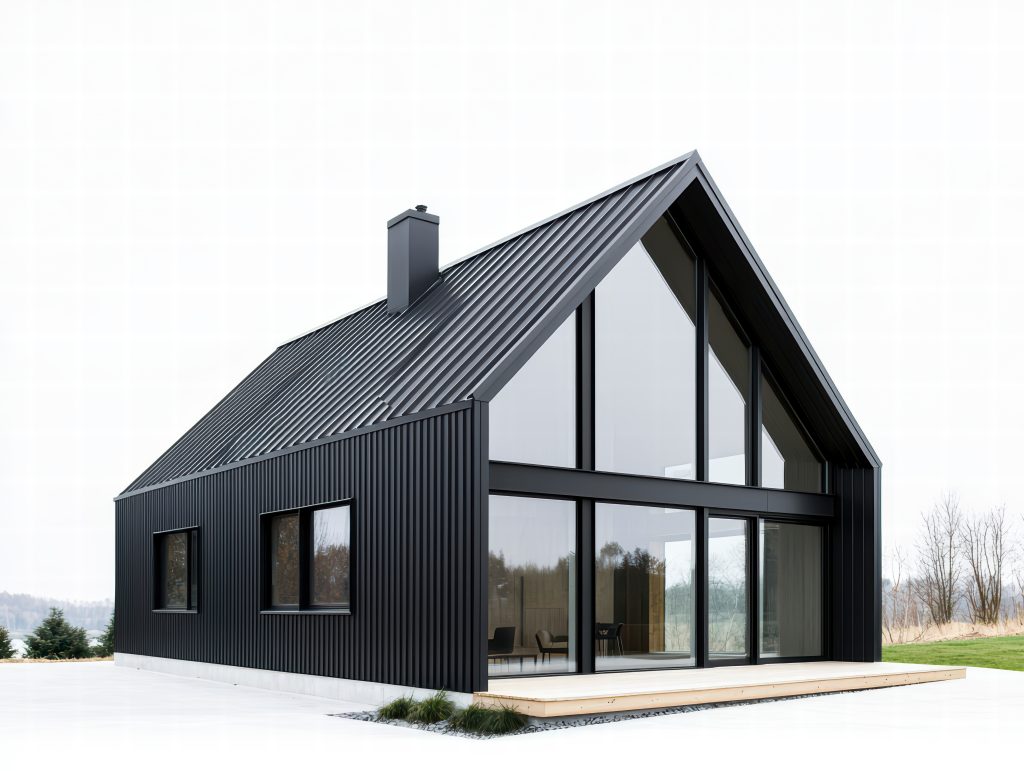
Stone Veneer + Metal Siding: Industrial Meets Natural
Pairing stone with metal siding is a bold move, and it works especially well for modern homes or commercial buildings.
- Stone veneer adds texture and weight at the base of a building, while metal siding brings in sleek lines and a contemporary feel.
- This combo is especially effective when stone wraps the lower portion of the structure and metal carries the rest vertically.
- Ideal for: modern cabins, urban homes, design-forward office spaces.
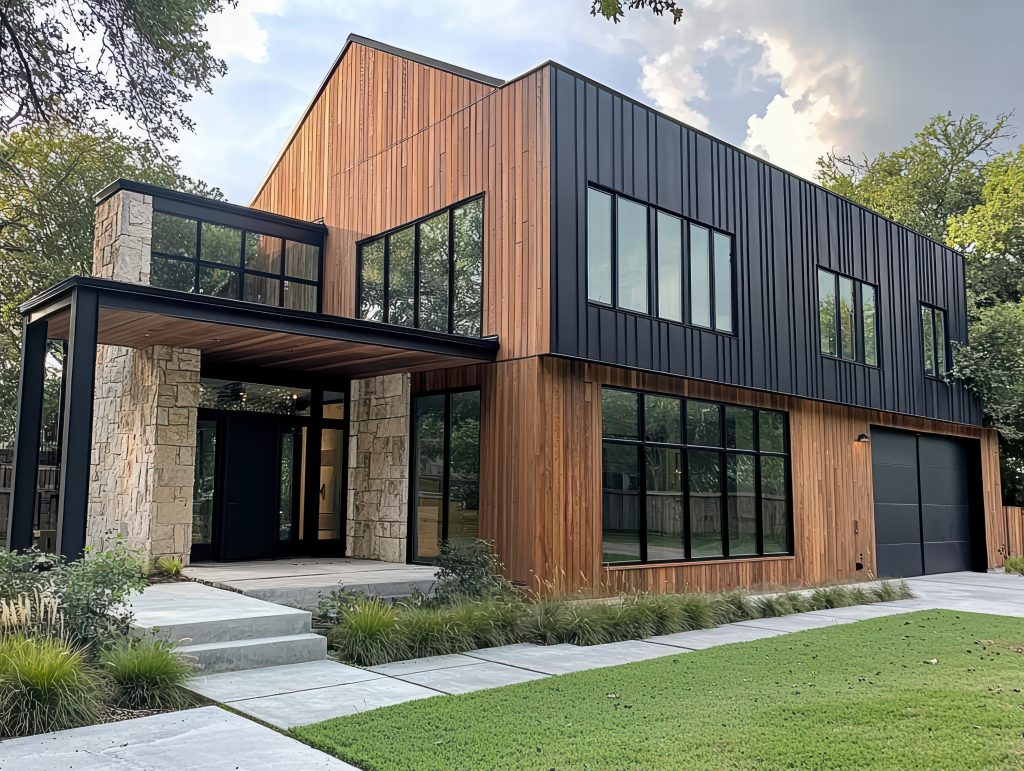
Thin Brick + Wood: Rustic Meets Refined
Thin brick and natural wood are a match made in design heaven. Brick brings history and character, while wood offers warmth and nature.
- This combo is perfect indoors—think brick accent wall with wooden beams or cabinetry.
- Outside, use thin brick columns with wood siding for a farmhouse-meets-modern look.
- Mixing color tones (like dark brick with light wood or vice versa) can create subtle contrast and depth.
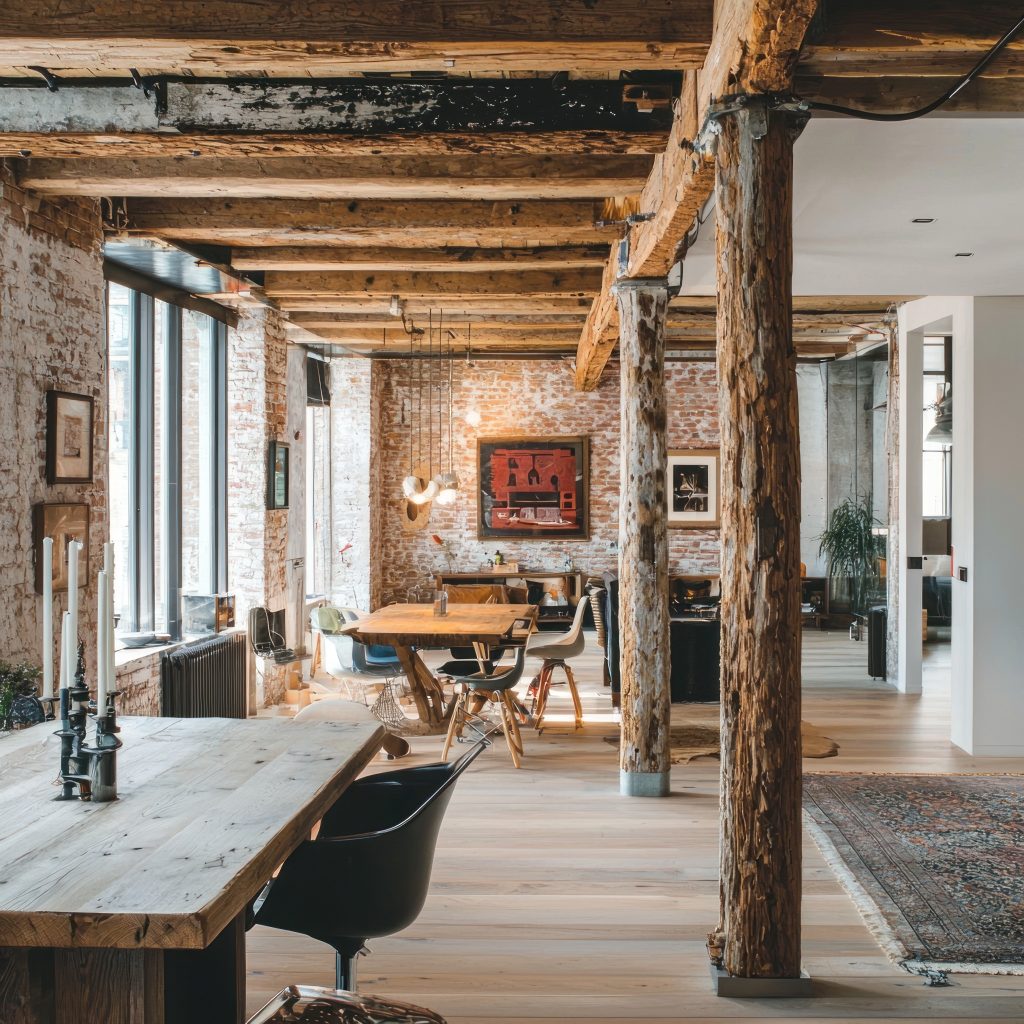
Stone Veneer + Fiber Cement Siding: Texture + Durability
Fiber cement is known for its durability and clean finish, but on its own, it can feel a little flat. That’s where manufactured stone veneer comes in.
- Use stone to break up long stretches of fiber cement siding, especially around entrances or base walls.
- The textural contrast adds dimension, making the home feel more rooted and balanced.
- Great for: craftsman-style homes, transitional architecture, and suburban exteriors.
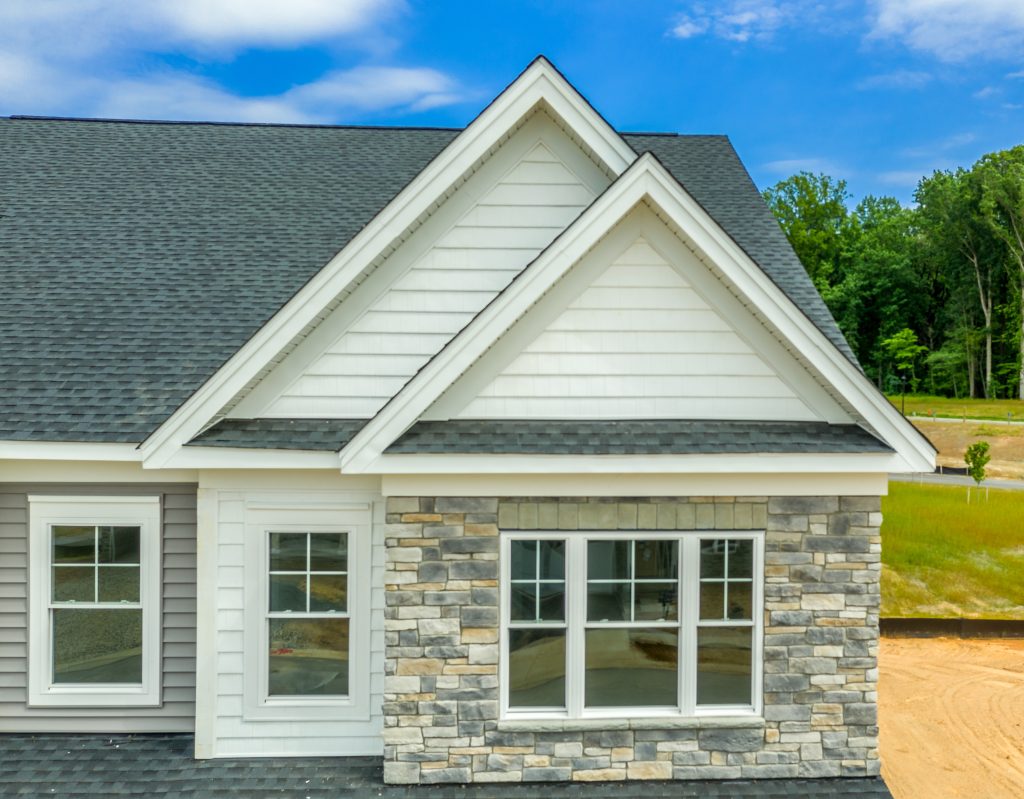
Brick + Glass: Old Meets New
Brick and glass are a favorite in urban design for a reason. The solid, tactile nature of brick is perfectly offset by the lightness and transparency of glass.
- Use brick around large windows or glass doors to frame views while adding texture.
- Inside, pair thin brick with glass partitions or walls to create defined spaces that still feel open.
- This look works incredibly well in lofts, renovated industrial buildings, or modern office interiors.
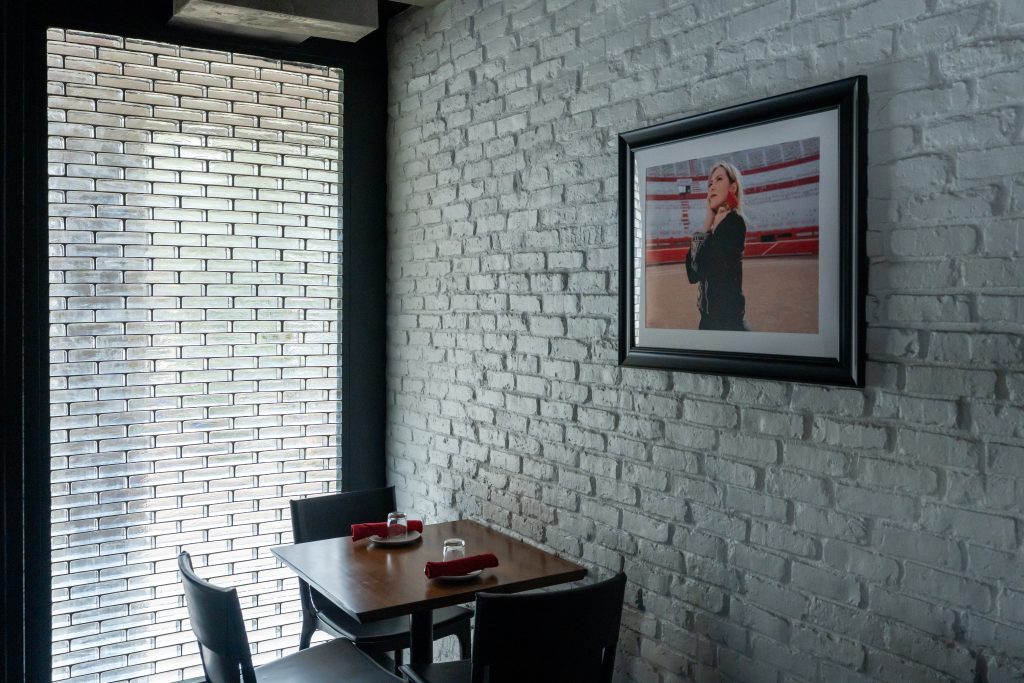
Tips for Combining These Materials Seamlessly
- Stick to a cohesive color palette.
Even when mixing textures, keeping the tones in the same family helps everything feel intentional. - Play with proportions.
Let one material take the lead and use the others as accents. For example, a wall of wood siding with a low stone skirt, or a brick-heavy interior with subtle metal accents. - Think about transitions.
Where two materials meet—whether on a corner, edge, or joint—is key to a clean finish. Trim, reveals, and thoughtful layering can make or break the design. - Don’t forget lighting.
Good lighting enhances texture. Up lights on stone or brick walls, or natural light bouncing off wood and glass, brings out the richness of every surface.
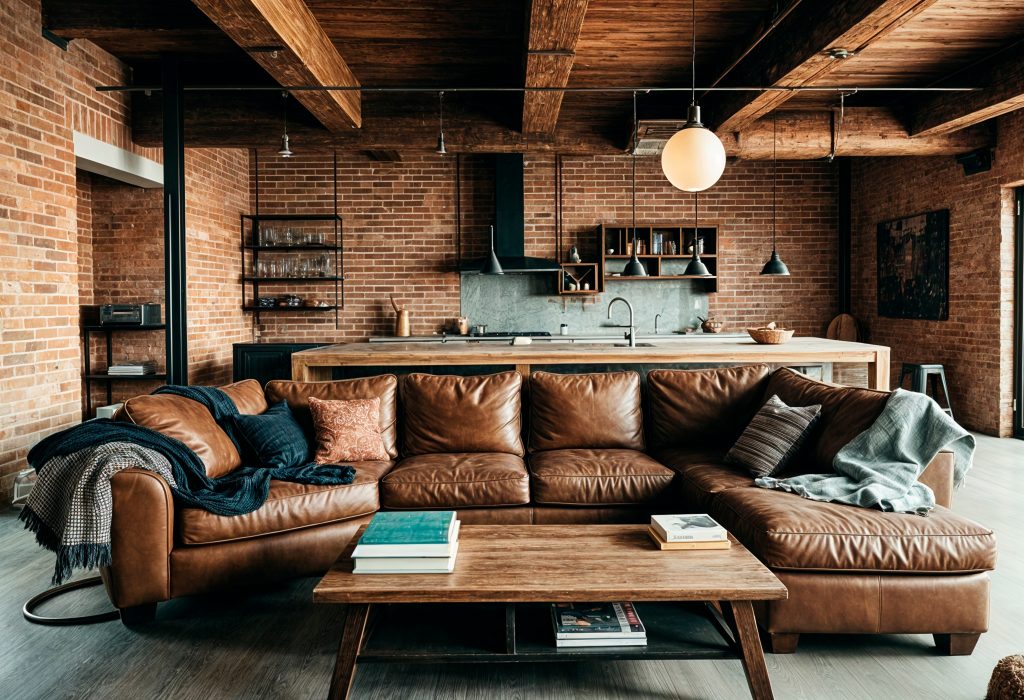


Final Thoughts
You don’t need to commit to just one material to create a beautiful space. By combining manufactured stone veneer, thin brick, metal, fiber cement, wood, and glass, you can build spaces that feel layered, balanced, and full of character.
Whether you’re designing a modern home, remodeling an office, or updating a commercial space, mixing materials lets you tell a more textured story. And the best part? With the flexibility of thin brick and manufactured stone, it’s easier than ever to get the look you want—without the weight, cost, or complexity of traditional masonry.

